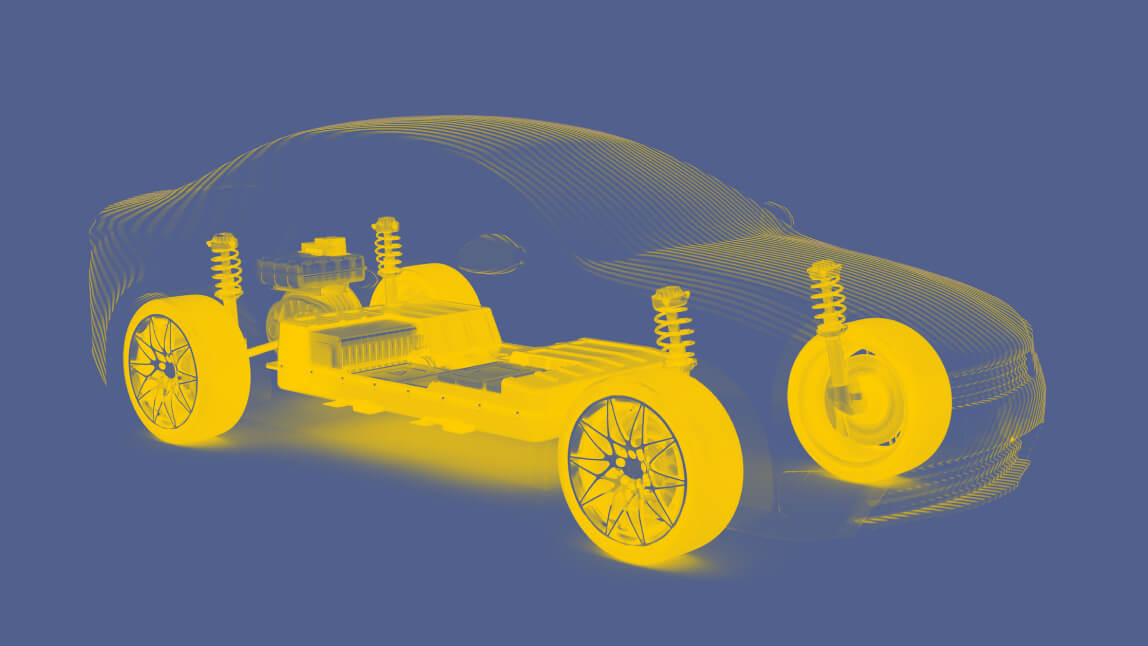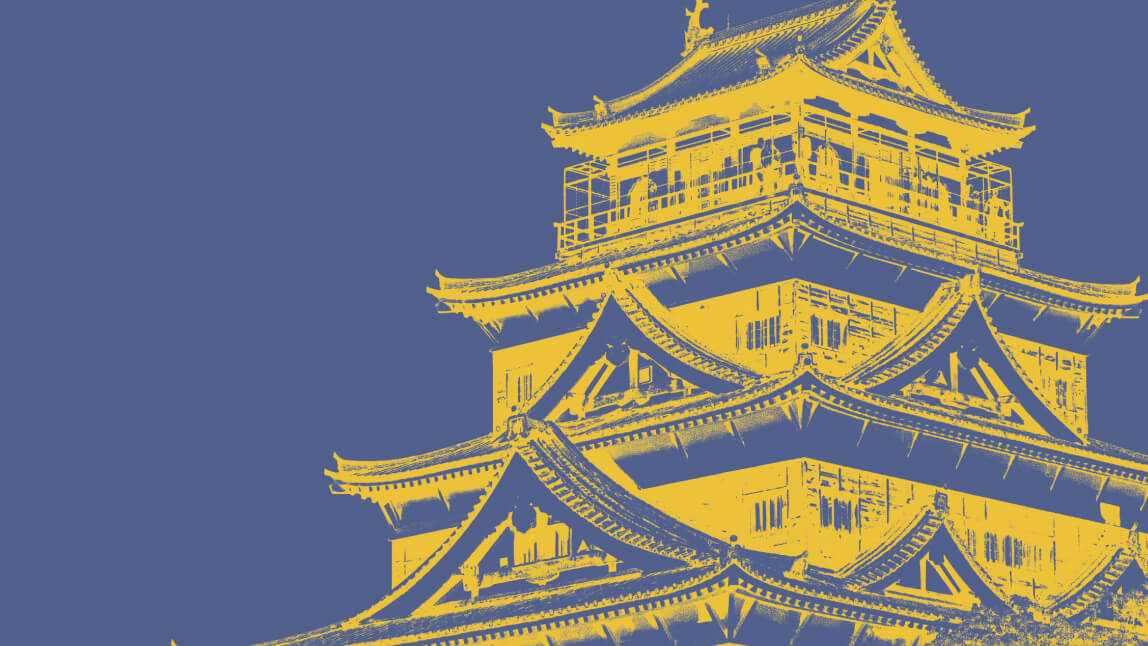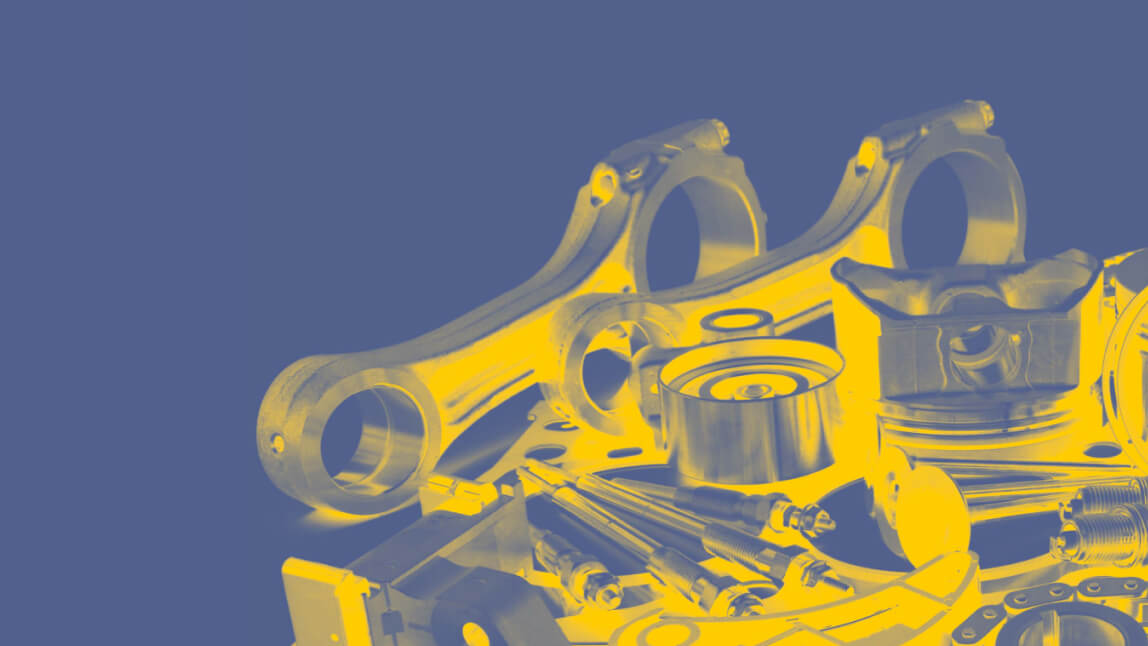From subsidies for vehicle remanufacturing, to farmer training in regenerative food production, governments can use many different policy instruments to develop and scale circular economy solutions. These six case studies illustrate how governments are tackling some of the challenges of the linear economy, and exemplify elements of our Universal Circular Economy Policy Goals.

Leading the circular economy transition: lessons from governments
To create these case studies we spoke to governments, businesses, NGOs and academics, and we identified three key lessons learned by governments in the process.
The Universal Circular Economy Policy Goals
In 2021, we published our Universal Circular EconomyCircular EconomyA systems solution framework that tackles global challenges like climate change, biodiversity loss, waste, and pollution. It is based on three principles, driven by design: eliminate waste and pollution, circulate products and materials (at their highest value), and regenerate nature. Policy Goals: five key policy focus areas to develop, deploy and scale circular economy solutions across sectors and around the world.








